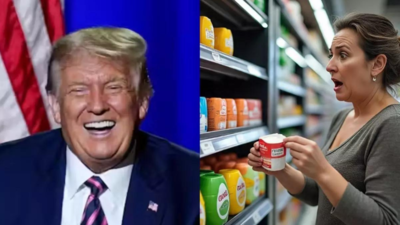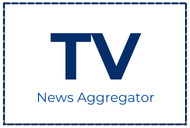
US producer price inflation surged in July to its highest level since 2022, with fresh signs that President Donald Trump’s tariffs are driving up business costs, official data showed Thursday.The producer price index (PPI) jumped 0.9% month-on-month after being flat in June, according to the Department of Labor, AFP reported. The figure far exceeded the 0.2% rise forecast by Briefing.com analysts, pushing the annual PPI to 3.3%.Much of the increase came from services, which rose 1.1%—the biggest jump since March 2022—while goods costs climbed 0.7%. “The advance was broad-based in July, but more than three-quarters can be traced to services,” the Labor Department said, noting that trade services, a volatile category linked to wholesaler and retailer margins, drove much of the gain.Economists said the headline increase may be overstated by volatile components, but underlying price pressures are evident, particularly in goods exposed to tariffs. Trump’s 10% levy on most trading partners, along with steeper duties on sectors like steel and aluminium, has been squeezing margins.“Input costs for producers jumped in July as price pressures for businesses build from compounding tariff impacts,” said Ben Ayers, senior economist at Nationwide. “While businesses have assumed the majority of tariff costs increases so far, margins are being increasingly squeezed by higher costs for imported goods.”Ayers noted sharp recent price gains in steel and aluminium—both targeted with 50% levies—and in food products, which accounted for 40% of the goods price increase in July.Matthew Martin, senior US economist at Oxford Economics, warned that “tariff-exposed goods are rising at a rapid clip, indicating that the willingness and ability of businesses to absorb tariff costs may be beginning to wane.”For now, the effects on consumer inflation remain limited, with the consumer price index steady at 2.7% in July. But weaker-than-estimated hiring data has raised expectations of a September interest rate cut by the Federal Reserve.Martin said the PPI figures “provide a counter-balance” to the softer employment numbers and underscore the Fed’s policy challenge. “The big picture remains that inflation is further away from the Fed’s target than the unemployment rate and is likely to climb further over the coming months. The path forward will have to traverse a tight rope between the next employment and price reports,” he added.










